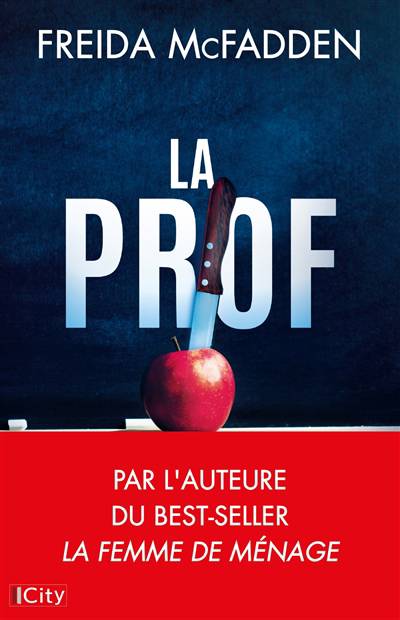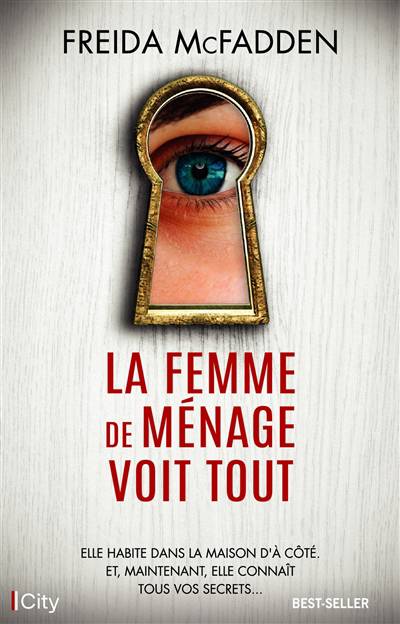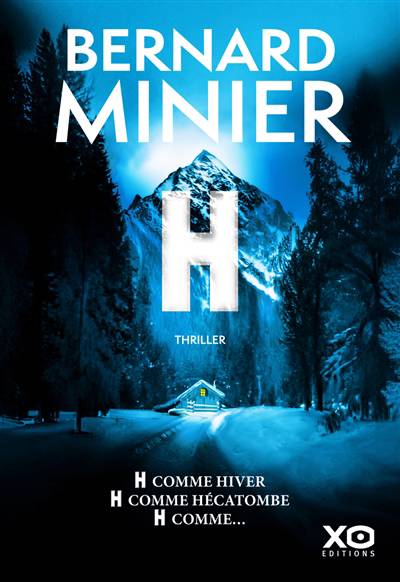
- Retrait gratuit dans votre magasin Club
- 7.000.000 titres dans notre catalogue
- Payer en toute sécurité
- Toujours un magasin près de chez vous
- Retrait gratuit dans votre magasin Club
- 7.000.0000 titres dans notre catalogue
- Payer en toute sécurité
- Toujours un magasin près de chez vous
13,95 €
+ 27 points
Description
An early Anglo-Saxon cemetery was identified and excavated within the grounds of the former Park School, Rayleigh, Essex, in advance of development. The remains of 145 cremation burials, a further four possible cremation burials, a single possible inhumation burial and sixteen cemetery-related features were excavated over an area of 4325 sq m, most of which had been severely truncated. Although the majority of the cemetery appeared to be within the area of excavation, it is highly likely that further burials lie beyond the southern limit of the development. Pottery vessels, metalwork and glass beads recovered from the burials indicate that the cemetery was in use from the second half of the 5th century through to the mid 6th century AD, and possibly into the late 6th. A relative paucity of higher status objects, including a complete lack of copper-alloy jewellery, suggests that the interred were part of a low-status, but fairly average, agricultural community. Some of the styles of pottery decoration have parallels in the cemetery at Mucking and in cemeteries in North Kent, indicating cross-Thames movement of goods and craftsmen and perhaps a shared ethnic identity. A range of pyre goods were recovered in addition to the cremated human bone; all had been burnt at high temperatures. No pyre locations were identified, however. Pyre goods included the remains of food animals, secondary pottery vessels, glass beads and drinking vessels, copper-alloy bucket fittings, iron buckles, knife blades and possible shield rivets. One pit contained a relatively large amount of pyre goods and debris that appeared to have been deliberately buried. The possible inhumation burial contained a complete unburnt glass, amber and jet bead necklace, an iron knife blade and a copper-alloy suspension ring. The Rayleigh cemetery was situated on the edge of a localised high point overlooking the floodplain of the River Crouch. It may have served a nearby settlement or a number of dispersed rural communities situated on the lower ground to the north and west. Underlying the cemetery was a scatter of prehistoric and Roman features that attest to earlier occupation of the landscape. Early Saxon cemeteries in Essex usually contain inhumation burials or a mix of inhumation and cremation burials. The Rayleigh cemetery is therefore unusual in being predominately comprised of cremation burials. However, it is unlikely that the complete cemetery was excavated and it is possible that further inhumation burials exist to the south of the development area.
Spécifications
Parties prenantes
- Auteur(s) :
- Editeur:
Contenu
- Nombre de pages :
- 64
- Langue:
- Anglais
- Collection :
- Tome:
- n° 127
Caractéristiques
- EAN:
- 9781841940861
- Date de parution :
- 31-12-08
- Format:
- Livre broché
- Format numérique:
- Trade paperback (VS)
- Dimensions :
- 206 mm x 287 mm
- Poids :
- 249 g

Les avis
Nous publions uniquement les avis qui respectent les conditions requises. Consultez nos conditions pour les avis.






